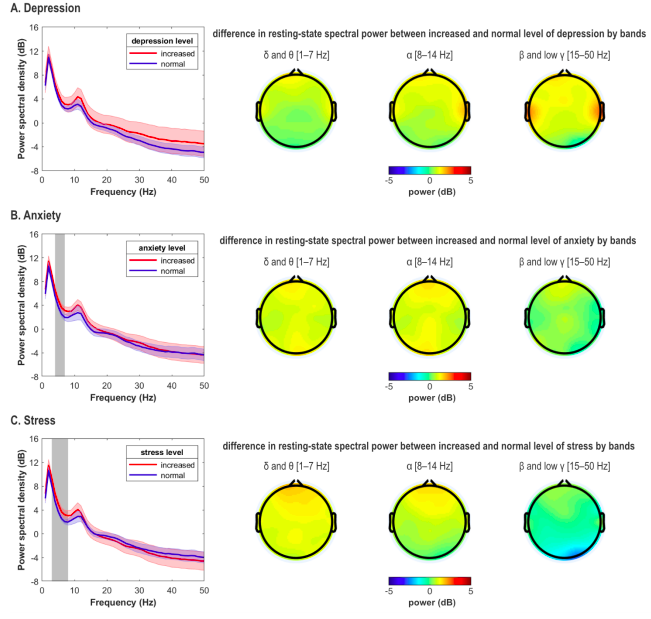
University students are routinely influenced by a variety of natural stressors and experience irregular sleep-wake cycles caused by the necessity to trade sleep for studying while dealing with academic assignments. Often these factors result in long-term issues with daytime sleepiness, emotional instability, and mental exhaustion, which may lead to difficulties in the educational process. This study introduces the Daily Sampling System (DSS) implemented as a smartphone application, which combines a set of self-assessment scales for evaluating variations in the emotional state and sleep quality throughout a full academic term. In addition to submitting the daily sampling scores, the participants regularly filled in the Depression, Anxiety, and Stress Scales (DASS) reports and took part in resting-state EEG data recording immediately after report completion. In total, this study collected 1835 daily samples and 94 combined DASS with EEG datasets from 18 university students (aged 23–27 years), with 79.3± 15.3% response ratio in submitting the daily reports during an academic semester. The results of pairwise testing and multiple regression analysis demonstrate that the daily level of self-perceived fatigue correlates positively with stress, daytime sleepiness, and negatively with alertness on awakening, self-evaluated sleep quality, and sleep duration. The spectral analysis of the EEG data reveals a significant increase in the resting-state spectral power density across the theta and low-alpha frequency bands associated with increased levels of anxiety and stress. Additionally, the state of depression was accompanied by an intensification of high-frequency EEG activity over the temporal regions. No significant differences in prefrontal alpha power asymmetry were observed under the described experimental conditions while comparing the states of calmness and emotional arousal of the participants for the three conditions of depression, anxiety, and stress.

